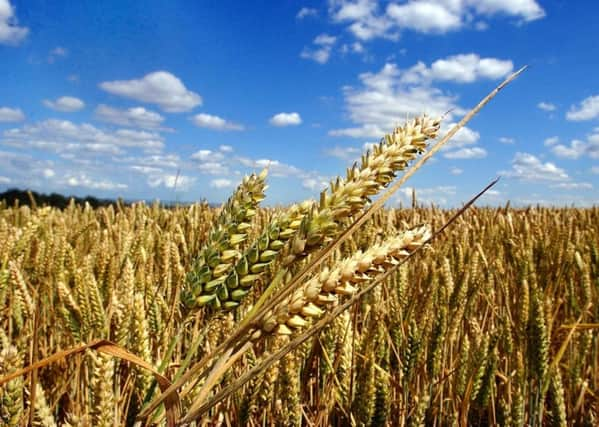2019 Irish cereal harvest reaches 2.2 million tonnes


This represents an increase of 373,000 tonnes (20%) from the drought hit harvest of 2018.
Overall cereal crop yields and quality was good despite some broken weather for harvesting in August. A combination of excellent sowing conditions last spring and a favourable growing season led to the highest recorded average yields of spring barley at 8.0 tonnes per hectare. The previous record of 7.8 tonnes per hectare was set in 2017. Demand and price for straw decreased in 2019 from the previous season.
Advertisement
Advertisement
Based on the most recent information from the Department of Agriculture, Food and the Marine (DAFM), the decline in cereal area experienced in recent years has stopped, as the cereal area remains unchanged from 2018 at 261,000 hectares.


But the dynamic of the cereal area changed with a 27% increase in winter cereal area from 2018 to 2019, mainly due to favourable planting weather in autumn 2018. This resulted in a record area of winter barley at 81,400 hectares. As a consequence, the area under spring barley fell to 94,600 hectares.
The quality of grain harvested this year was excellent with high hectolitre weights and low screenings. Although demand for straw was lower than 2018 the quality was excellent and most of the straw baled in good conditions.
Current estimates indicate that the winter cereal area for 2019/2020 is 50% lower than 2018/2019 due to high rainfall this autumn, which hampered sowing operations.
Advertisement
Advertisement
The most affected counties are in the North East, with some counties as low as 30% planted, while southern counties have fared better with up to 80% planted in Tipperary. This will result in a big increase in spring barley area for harvest 2020.
The final Teagasc Crops Report for 2019 is available at https://www.teagasc.ie/publications/2019/teagasc-2019-harvest-report-.php